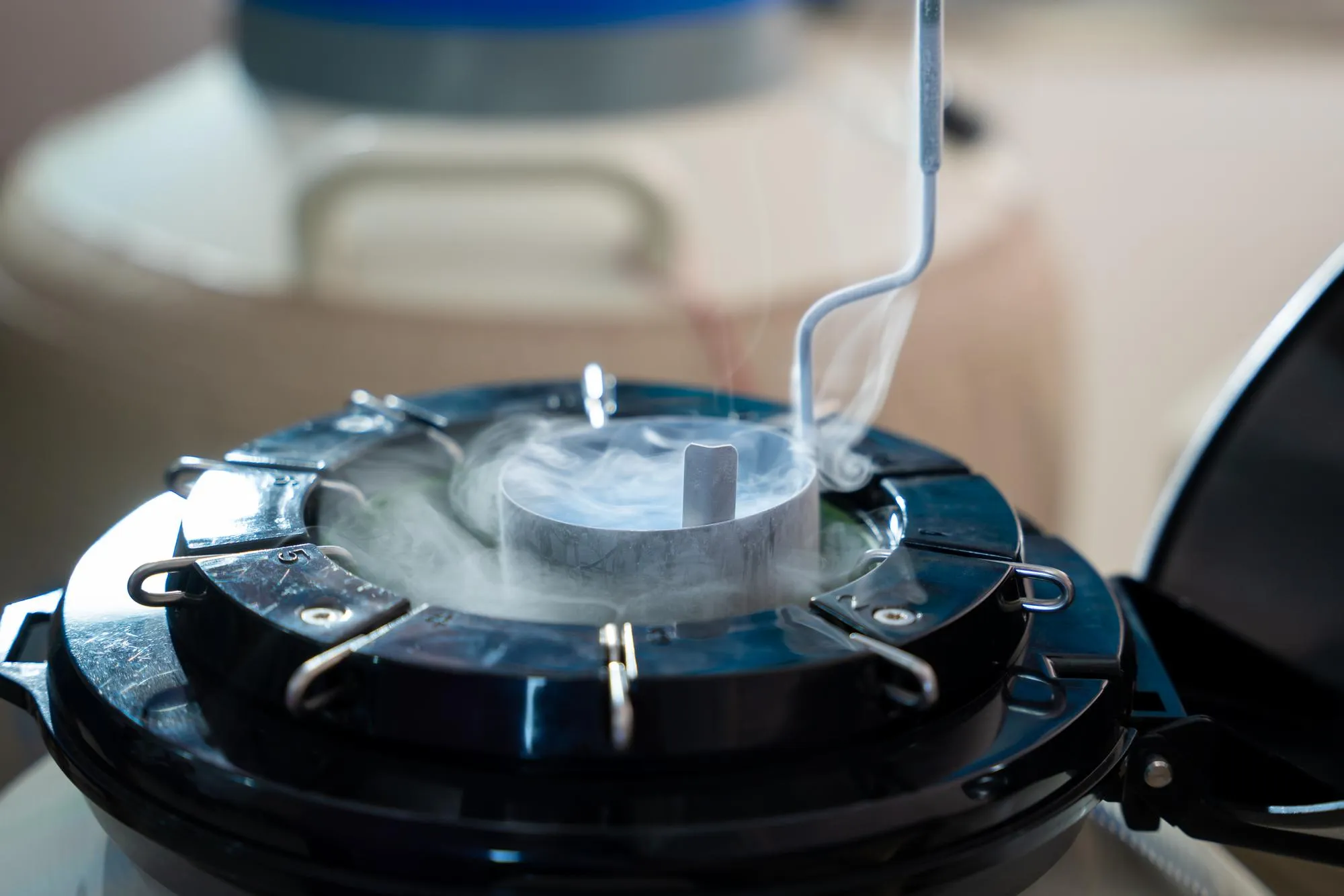Introduction
Fructans, a group of naturally occurring carbohydrates, have long been recognized for their protective properties in living organisms against a range of environmental stress factors. Recent studies have delved into the underlying mechanisms of these properties, and a groundbreaking study published in Carbohydrate Polymers now shines a new light on the potential use of fructans in various biomedical applications. The study investigates the cryoprotective efficacy of fructans in mammalian cell systems and explores their possible role in optimizing cryo-technologies for medical use, such as organ transplantation, cell banking, and assisted reproductive technology.
Understanding the Structure-Function Relationship
This recent publication in Carbohydrate Polymers, authored by a team led by Ebru Toksoy Öner from the Marmara University Department of Bioengineering, has focused on the structural variations in fructan polymers and their impact on the survival of mammalian cells. Structurally diverse fructans were employed on in vitro cell models derived from human endothelial, osteoblast, liver cells, and human seminal fluids. The researchers linked structural variations in fructans to changes in rheological properties and lipid membrane interactions. One of the key experiments involved evaluating fluorescein leakage from unilamellar liposomes, which served as a model for cell membrane stability.
Unlocking the Cryoprotective Power of Fructans
The study demonstrated remarkable findings where various fructan polymers substantially increased cell viability after cryogenic freezing and thawing processes. Cells treated with specific fructan types exhibited high survival rates for up to two months, suggesting these carbohydrates’ significant cryoprotective abilities. For particularly sensitive biological materials, like human seminal fluids, short-chained levan combined with human serum albumin and glycerol, demonstrated commendable protective efficacy, preserving morphology and function across multiple patient samples.
Cryopreservation Advancements and Medical Implications
These findings have considerable implications for the biomedical field, potentially transforming practices in areas such as organ preservation for transplantation, which relies heavily on maintaining cellular viability during storage and transportation. The use of fructans as non-permeating cryoprotectants represents a less toxic alternative to permeating cryoprotectants such as dimethyl sulfoxide (DMSO), which is currently widely used despite its cellular toxicity. Moreover, the implications for cell banking, where the viability of stem cells and other cell types is paramount, could be groundbreaking.
The Search for the Best Cryoprotective Formula
The Carbohydrate Polymers study not only uncovered the efficiency of fructans as cryoprotectants but also pointed to the potential of tailoring specific fructan structures for different cell types and purposes. In assisted reproductive technologies, where the quality of cryopreserved sperm is a crucial determinant of success, the research suggests that particular combinations of fructan polymers could lead to improved outcomes.
Challenges and Future Research Directions
While the study heralds a major advance, more research is required to fully understand the interactions between fructans and cellular membranes in cryopreservation and to optimize formulations for clinical use. Future research will likely extend to diverse mammalian cells and tissues, helping to fine-tune the cryopreservation protocols for each unique application.
Conclusion
The recent study in Carbohydrate Polymers by Ebru Toksoy Öner and colleagues marks a significant step forward in the understanding of the cryoprotective efficacy of fructans, opening a new horizon for biopreservation technologies. This research not only provides hope for improved cryopreservation strategies, but also supports broader applications in biomedicine, solidifying the importance of fructans as a versatile and valuable tool in the quest to preserve life at the cellular level.
DOI: 10.1016/j.carbpol.2023.121704
References
Tornacı, S. S., Erginer, M. M., Gökalsın, B. B., Aysan, A. A., Çetin, M. M., Sadauki, M. M., Fındıklı, N. N., Genç, S. S., Sesal, C. C., Toksoy Öner, E. E. (2024). Investigating the cryoprotective efficacy of fructans in mammalian cell systems via a structure-functional perspective. Carbohydrate Polymers, 328, 121704.
Keywords
1. Cryopreservation techniques
2. Cryoprotectant fructans
3. Cell viability cryoprotection
4. Mammalian cell cryopreservation
5. Biomedical cryopreservation advancements
